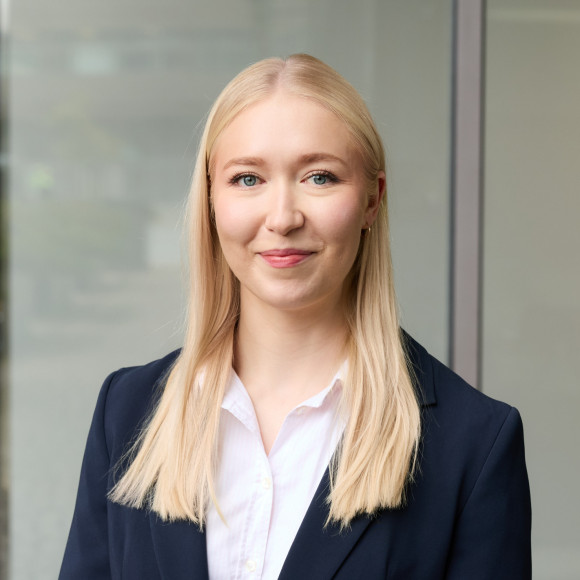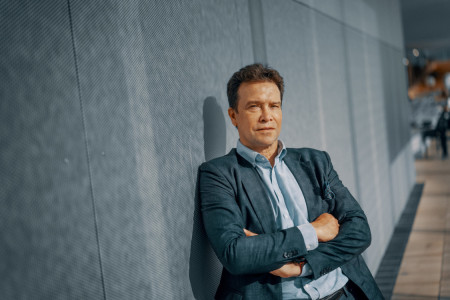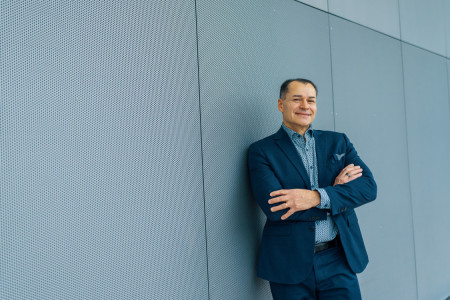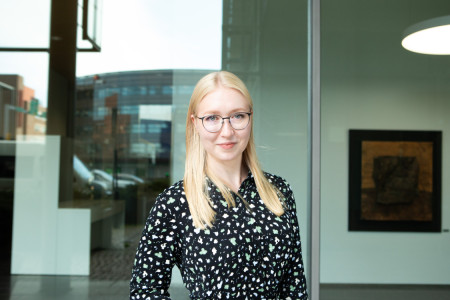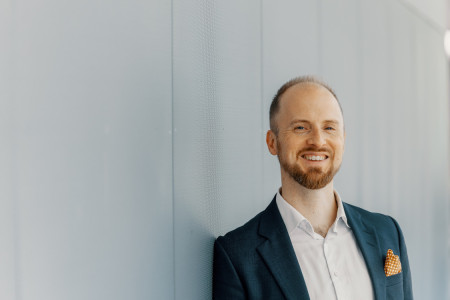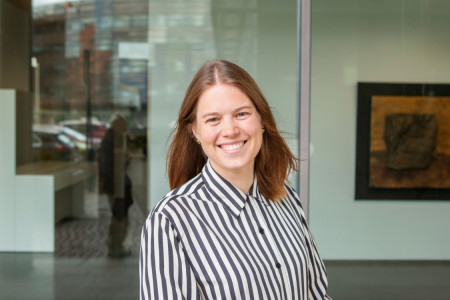Over the past five years, the Finnish venture capital and private equity industry has seen good progress in gender diversity. The proportion of women in the industry has grown from 14% to 22%. Venture capital has experienced the most progress during this time, overtaking private equity despite starting with a lower representation of women.
Manager roles have seen encouraging trends, with women now comprising nearly 40% of manager positions in Finnish VC and PE funds. This marks a ten-percentage point increase over the past five years. However, women’s representation at the partner level remains lower, with only 15% of partners being women. While there has been progress at the manager level, the gap in senior positions highlights the need for continued efforts to promote gender equality within the industry.
There is a silver lining: Although the proportion of women among partners remains low, the increase in managerial diversity is a promising sign, as partner promotions in VC and PE funds typically come from within the company as employees gain experience over time.
In addition to gender, we were analyzing professional and educational backgrounds in the investment teams. Overall, both remain relatively concentrated. Most professionals in the field have business or technical educational backgrounds. Venture capital teams display more diversity in professional paths, while growth and buyout teams are more concentrated in finance and consulting.
Our review of carry allocation in Finnish VC and PE funds sheds light on how profits are distributed within investment teams. While carry allocation appears relatively equitable between genders when adjusted for roles and responsibilities, fewer women receive carry due to their underrepresentation in senior positions.
The average carry allocation is highest in venture capital funds, at 16%, and lowest in buyout funds, at 10%. Professionals aged 41 to 60 receive the highest average allocations, with only minimal gender differences within this group. The distribution of carry recipients skews towards younger individuals, with more recipients under the age of 50 than those over.
Despite these advancements, there is still a long way to go to achieve gender parity in the industry. One in five members of investment teams in Finnish VC and PE funds is a woman, a figure that has nearly doubled over the past five years. While managerial diversity has improved significantly, the underrepresentation of women at the partner level and in carry allocations underscores the ongoing challenges. Continued efforts to promote inclusivity at all levels of the industry, from recruitment to leadership to profit-sharing, will be essential for building a more equitable ecosystem.
If you want to read more about the subject, you can find the latest study here.
Maria Hyartt
The author is a senior analyst in Tesi’s fund investment team




